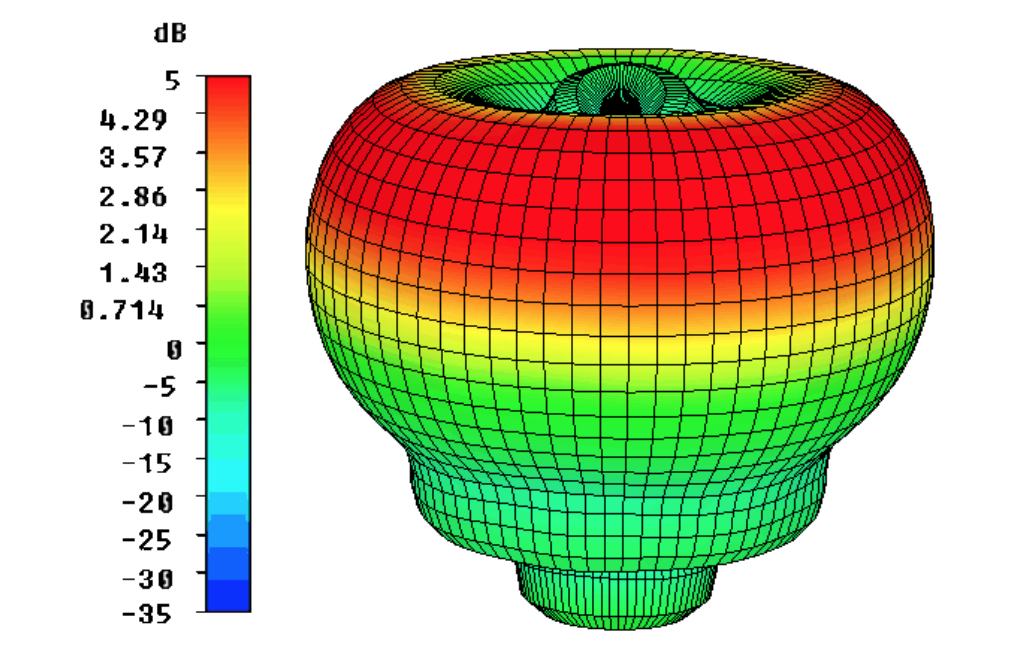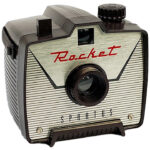Antennas, which are part of every wireless system, serve two purposes. First, they convert electrical signals, which travel along a wire, into wireless signals, which travel through the air. The other thing that antennas do is amplify the wireless signals. The more an antenna can amplify a wireless signal, the further the signal can travel (and the greater the range of the wireless system).
Antennas are also part of a larger “antenna system” which includes the antenna, the cables connecting the antenna and the connector on the cable. Each of these components contributes to the antenna system’s performance.
Add Your Heading Text Here
Lorem ipsum dolor sit amet, consectetur adipiscing elit. Ut elit tellus, luctus nec ullamcorper mattis, pulvinar dapibus leo.
Add Your Heading Text Here

Gain is a measure of how much an antenna amplifies a wireless signal. The gain is described by two main properties:
- Gain magnitude
- Gain pattern
Gain magnitude is measured in dBi, or decibels. The only important thing to understand here is that the greater the dBi number the greater the gain. Generally speaking you want your antenna to have as much gain as possible. That will give your wireless communications the greatest possible range.
An antenna’s gain pattern describes the direction of the gain in a 360 degree circle. There are two types of gain patterns: directional and omnidirectional. Directional antennas have high gain in just one direction and low gain in every other direction. So, in a 360 degree circle, the gain of a directional antenna may be high in say 40 degrees and low in the other 320 degrees. You would then align the antenna in the direction of the high gain.
Antennas only have so much gain. If the gain can be concentrated in a single direction using a directional antenna, the gain will be greater. If the gain is distributed over all 360 degrees, the gain will be less. Omnidirectional antennas don’t have high gain in any one direction. Instead they have moderate gain in all 360 degrees.
Directional antennas (like yagis) are used in fixed, point-to-point wireless communications. When you know where the other antenna is and it never moves, you can take advantage of the higher gain of directional antennas. Omnidirectional antennas on the other hand are used in mobile communications and in situations where the location of the other antenna is unknown.
Energy Efficiency
Every component in a wireless system, not just antennas, has an efficiency rating. Efficiency is easy to understand. Of the amount of energy that goes into a device, how much comes out? In the case of the antenna, of the amount of energy flowing down a wire that connects to the antenna, how much of that power comes out as a wireless signal?
Efficiency for antennas is measured in percentage. The higher the percentage, the more of the input energy that makes it to the output. Efficiency for cables is measure in dB or decibels. The dB number measures how much energy is lost traversing the cable. The shorter the cable, the lower the dB number. Just like with cables, the efficiency for connectors is also measured in dB.
Selection criteria: from an antenna standpoint, choose the antenna with the highest efficiency (typically >80%). From an antenna system standpoint, choose the cable and connector with the lowest dB number (and also keep the cable as short as possible).
Polarisation
Polarization describes how the wireless signal is oriented as it travels through the air between the transmitting antenna and the receiving antenna. There are three types of this orientation:
- Horizontal polarization
- Vertical polarization
- Circular polarization
Circular polarization is really just a combination of horizontal and vertical polarization.
The only thing to know about polarization is that the polarization of the transmitting antenna and receiving antenna should match. Using antennas with different polarizations will work, but not very well. The gain of both antennas will be greatly diminished and therefore the wireless signal will not travel as far.
Selection criteria: make sure the polarization of the antenna you select matches the polarization of the antenna on the other end of the wireless link.
MIMO
There’s one other aspect to antenna selection, which isn’t technically an antenna parameter, but is still important to understand when selecting an antenna. There is a relatively new type of wireless system called MIMO.
MIMO stands for multiple input-multiple output. It’s an advanced signal processing technique that enables a wireless system to transmit a higher data rate by transmitting separate signals over the same communications channel.
You don’t need to understand the particulars of how MIMO works, but you do need to understand that each signal requires its own antenna. So, if your MIMO system is transmitting two data signals over the same wireless channel, you will need two antennas (as will the party you’re communicating with).
Selection criteria: if you’re using a MIMO system, you must select at least two identical antennas.
Summary
If you’re operating a railway using wireless communications, you’re going to need an antenna. The antenna(s) you choose will have to operate over the correct frequency range. You’ll choose an omni-directional antenna with the highest gain possible. You’ll choose an antenna with the highest efficiency possible. You’ll choose cables and connectors with the lowest dB loss. And, if you’re running a MIMO system, you’ll need one antenna for each data signal you’re using.





